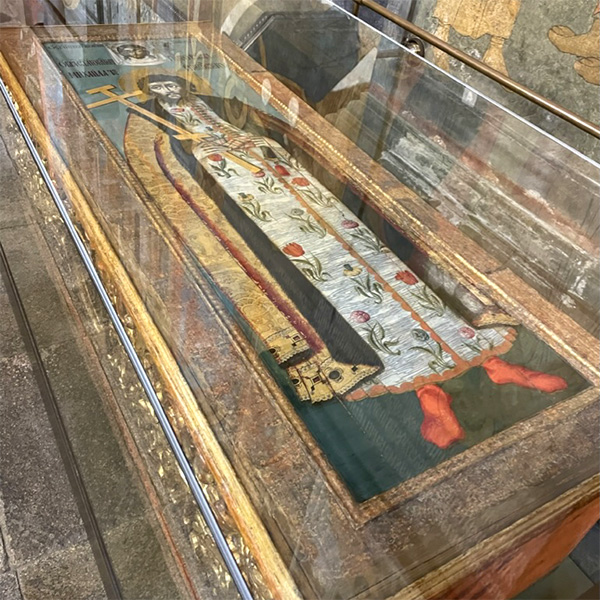
The veneration of holy relics is a deeply rooted tradition in the Orthodox Church, tracing its origins back to the early Christian centuries. This practice is not merely an act of reverence but also a profound expression of the Orthodox understanding of sanctity, the human body, and the communion of saints. The relics associated with the Passion of Christ, the Virgin Mary, and various saints and martyrs hold a special place within this tradition, embodying the Church's history and its spiritual beliefs.
Origins and Theological Foundations
The veneration of relics began in the early Christian communities, particularly in response to the persecution of Christians and the subsequent martyrdom of many believers. Early Christians believed that the bodies of martyrs, having been temples of the Holy Spirit, retained sanctity even after death. This belief was reinforced by reports of miracles occurring at the tombs of martyrs, which further solidified the practice of honoring their relics. Theologically, this veneration is rooted in the Incarnation of Christ, where God took on human flesh, thus sanctifying the material world. The relics of saints, who are seen as having participated in the divine life through their holy lives, are therefore revered as tangible connections to the divine.
Relics of the Passion and the Virgin Mary
Relics associated with the Passion of Christ, such as the True Cross, the Holy Nails, and the Crown of Thorns, are among the most revered in the Orthodox Church. These relics are seen as direct witnesses to the salvific events of Christ's suffering and death, and they are venerated with deep reverence. Although fewer in number due to the belief in her Assumption, the relics of the Virgin Mary are also highly venerated. The Orthodox Church venerates items believed to be associated with her, such as her belt or veil, which are supposed to possess miraculous powers.
Relics of Saints and Martyrs
The relics of saints and martyrs occupy a central place in Orthodox worship. Saints, especially those martyred, are considered intercessors before God, and their relics are believed to be channels of divine grace. The Orthodox Church places great importance on the relics of the apostles, early Church Fathers, and local saints, who are seen as pillars of the Church's faith and tradition. These relics are often enshrined in churches, and their presence is considered a blessing for the community.
The Role of Relics in Orthodox Worship
In Orthodox worship, relics are often enshrined in altars or reliquaries and are brought out for veneration by the faithful during feast days or other significant liturgical events. The veneration of relics is not considered idolatrous but is understood to honor the holiness of those who lived exemplary Christian lives. The relics serve as reminders of the continuity of the Church, linking the present community of believers with the historical Church and the saints who have gone before.
The veneration of relics in the Orthodox Church is deeply embedded in the faith's history and theology. It reflects a profound respect for the material world as a vehicle of divine grace and a recognition of the sanctity of those who have lived in close communion with God. Through the veneration of relics, Orthodox Christians express their connection to the broader Christian tradition and their belief in the power of the saints to intercede on their behalf.





 Поменять язык на русский
Поменять язык на русский 